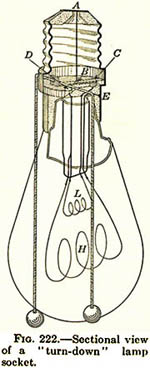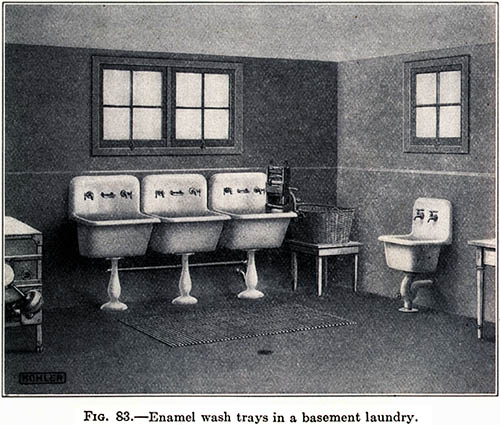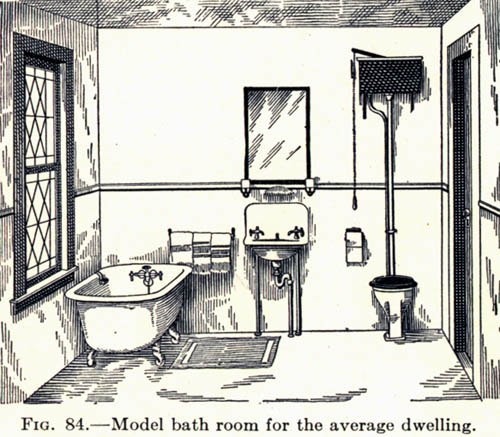How Soon We Forget
Today, how soon we forget. The University of Houston's College of Engineering presents this series about the machines that make our civilization run, and the people whose ingenuity created them.
I'm reading a 1918 book on the Mechanics of the Household. The house I grew up in was built just twenty years before that, so it's all really quite close to the world of my childhood. The book, with its focus on heating, water, gas, and electric systems, calls up a time I'd almost forgotten.
Perhaps most striking is the absence of the words refrigeration or coolingfrom the index. Iceboxes were in wide use, but the first domestic refrigerators had only appeared a few years before the book came out, and they were very rare. I didn't see one until I was in school. (Maybe I should mention that the author was Dean Edward Keene of North Dakota Agricultural College in cold Fargo.)
He says a lot about heating and humidifying. Heat without humidification is a sure recipe for bronchial trouble in a cold climate. He describes hot water heaters, steam heat, and hot-air furnaces. But only the hot air system lends itself to built-in humidifiers. Keene gives a whole chapter to regulating humidity.
Indoor toilets appear in his chapter on plumbing. He describes the high ceiling-mounted tank in detail, but remarks that it's being replaced with low tanks (like the ones we all use today. Still, fifteen years later my family still had only ceiling tanks.
Bathtubs get some attention, but the word shower is not in the index. One shower head is shown over a tub, but shower stalls lay in some distant future. Kitchen sinks are small. Wide sloping drainage boards on either side allow air-drying of hand-washed dishes. Laundry tubs come in threes for soaking, washing, and rinsing. A hand cranked wringer is attached to the last one with a wicker take-up basket next to it.
He deals with outdoor privies in his chapter on water quality, since outhouses and water wells on the same property could mean real trouble. Large sections of the book deal with various hand-pump systems for bringing well-water into a house.
Gas-fired hot water heaters are fairly common. But water heaters are also driven by furnaces or by stoves. Tankless on-demand or instantaneous gas heaters were more common then than they are now. (We had one in England in 1975, but not before or since.)
Domestic electricity is still young. When he talks of light bulbs Keene glowingly reports lifetimes now approaching a thousand hours. That's a mere six weeks of continuous service. And it dawns on me that we once turned off lights, less to save electricity than to cut the high costs of replacing expensive bulbs.
The past has an odd way of resembling the present in retrospect. Mark Twain was criticized for placing Huck Finn and Tom Sawyer on a Mississippi more like his present one, than the one he'd grown up on. The texture of life changes so slowly that we can forget how different it once was. This old book brings back, in a rush, the texture of the world my parents first gave me to live in.
I'm John Lienhard, at the University of Houston, where we're interested in the way inventive minds work.
E. S. Keane, Mechanics of the Household: A Course of Study Devoted to Domestic Machinery and Household Mechanical Appliances. (New York: McGraw-Hill Book Company, Inc., 1918).



All images above are from Keene's book.